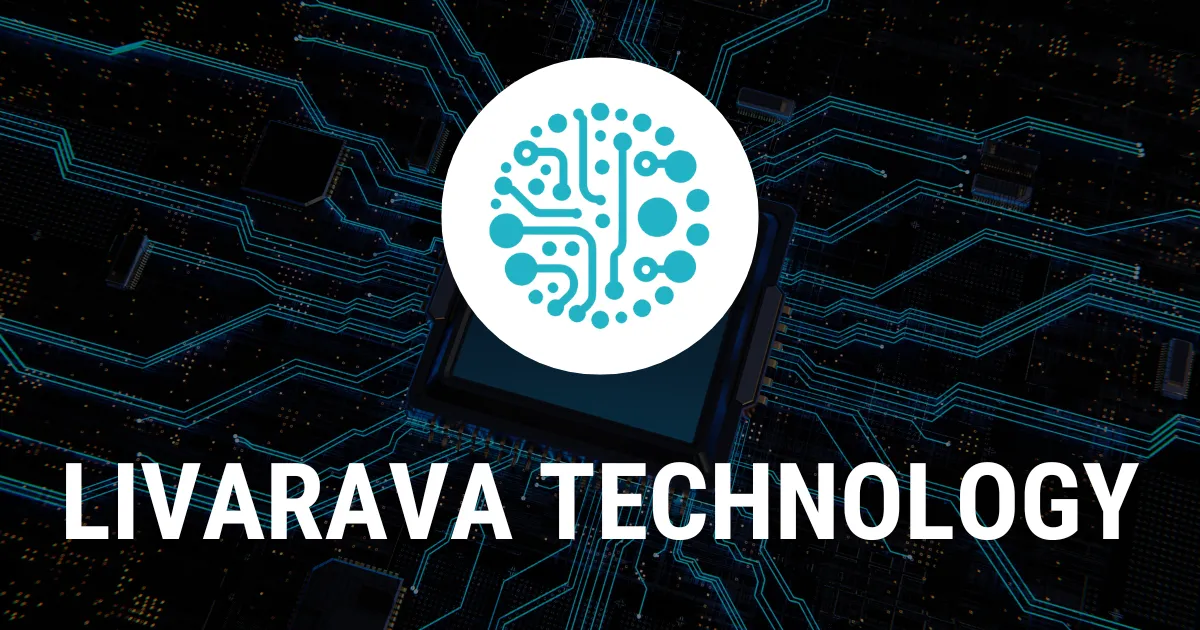The Future of Road Safety with Vehicle-to-Everything (V2X) Technology

Revamping Road Safety with V2X Technology
The US Department of Transportation has unveiled an ambitious nationwide road safety plan that centers on Vehicle-to-Everything (V2X) technology. This innovative system allows vehicles to communicate with each other, as well as with pedestrians and infrastructure, thus vastly improving road safety. The goal is to leverage V2X to achieve a zero fatality rate on roads.
Key Benefits of V2X Technology
- Enhanced Communication: Vehicles can share crucial information such as position, speed, and road conditions.
- Improved Safety: V2X could prevent hundreds of thousands of crashes by allowing vehicles to respond to dangers in real-time.
- Future Deployments: Aiming for full V2X capability across the National Highway System by 2036, with major cities seeing significant tech integration by 2028.
Challenges Ahead
- Cybersecurity Concerns: Ensuring safe communication channels is essential.
- Cost Coverage: Funding for implementation may be a hurdle, although federal grants are available.
- Regulatory Hurdles: Cooperation among stakeholders, including the Federal Communications Commission and automakers, is critical.
The Department of Transportation emphasizes the transformative potential of V2X technology, citing its capacity to save lives and change how we travel. As Secretary of Transportation Pete Buttigieg noted, successfully executing this plan could lead to significant advancements in road safety.
This article was prepared using information from open sources in accordance with the principles of Ethical Policy. The editorial team is not responsible for absolute accuracy, as it relies on data from the sources referenced.